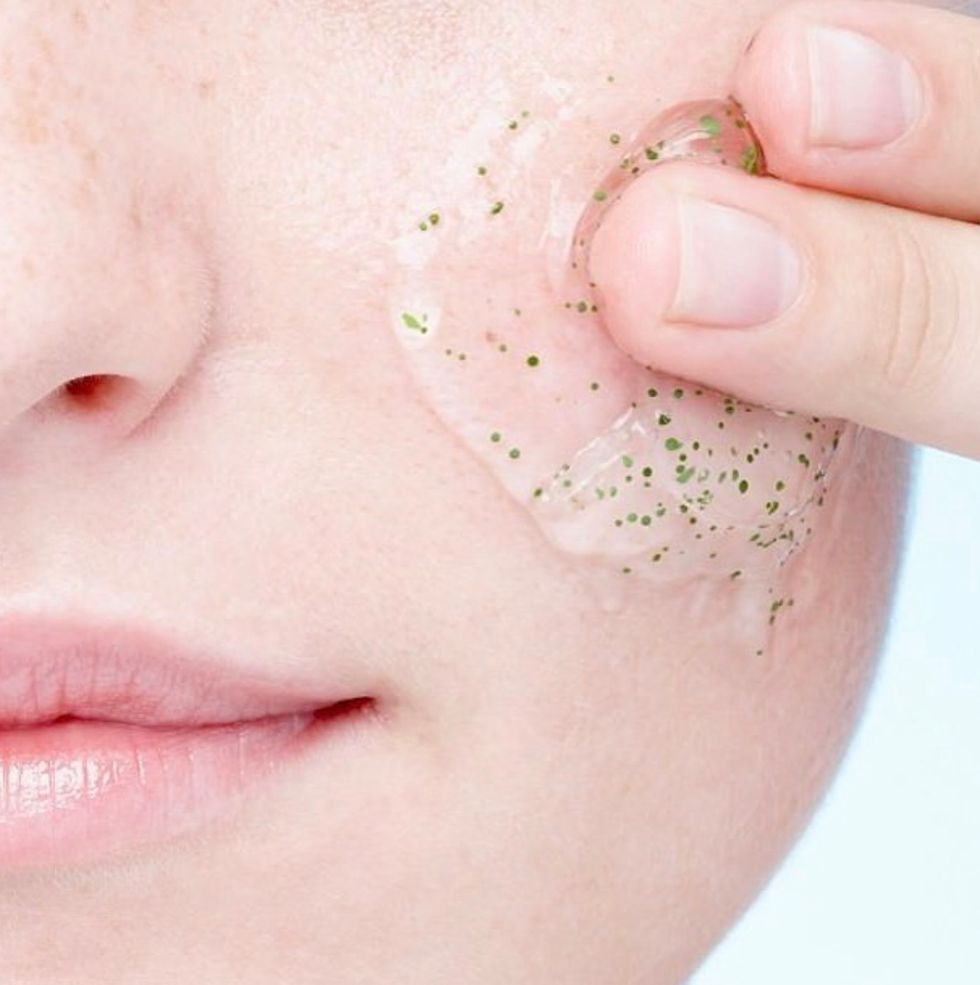Oily, dry, sensitive – not matter your skin type, there are thousands of beauty products out there to help keep your skin as healthy as possible. While these serum’s, scrubs, and exfoliators can help improve your skin upkeep, there are dangers hiding inside that beauty brands would rather you not know about. One of the biggest offenders? Microbeads.
Take a look at your beauty products, between your toothpaste, body scrubs, and face soap, more likely than not, you can see tiny plastic beads that manufacturers have snuck in there. Microbeads are put into products to act as exfoliators aka handy little scrubbers.
Unfortunately, these plastic beads are popular in the beauty industry as they are cheap, add bulk to products, and can be dyed any color for aesthetic appeal. But as it turns out, they are often little to no use to the product.
Microbeads are doing little for the products you’re using, but are doing a lot of damage to the environment and your health.
As these tiny beads make their way down your drain, they are then brought to filtration systems that clean our water. The problem with microbeads is, that at a minute average size of 1 mm, they pass right through the filtration systems that are meant to trap debris and pollutants from making their way into the environment. These little buddies pass right through these water-cleaning systems and enter into our lakes, rivers, and oceans on a daily basis. It has been approximated that billions of microbeads enter our waterways every day.
By entering into bodies of water, microbeads are contributing towards further water pollution.
Presently, plastic makes up 60-95% of the litter in our bodies of water which is damaging marine ecosystems. Microplastics, like microbeads, pose even more of a threat as they are persistently absorbing organic pollutants. These long-lasting chemicals, like pesticides flame retardants, and motor oil, affect ecosystems as the small, plastic particles are eaten by fish or absorbed by sponges, mollusks, and crustaceans. While it may seem as if this could cause little harm to those eating it, even a single microbead can be up to a million times more toxic than the water around it.
What a sea critter thought would be their next meal, often leads to a painful death.
Once microbeads are ingested by marine organisms, the toxins are spread throughout their entire body. These toxins will inevitably end their life, but some are caught by humans before the toxins take over. Fish that are caught and then served as food will spread those same toxins to whatever or whoever eats it. So not only do microbeads pose an enormous threat to food chains and ecosystems, they pose a threat to human health and food safety.
So, what can we do to help? The most effective difference we as individuals can make is to avoid purchasing or using products that contain microbeads. The exfoliating factor people desire with microbeads can be easily replaced with biodegradable materials such as coarse salt, sugar, and coffee grounds.
Yes, it’s really that simple.
Check to see if a product has microbeads in it before buying it, replace your current microbead products with biodegradable alternatives, and be sure to educate others to help put a stop to this dangerous pollutant.















































